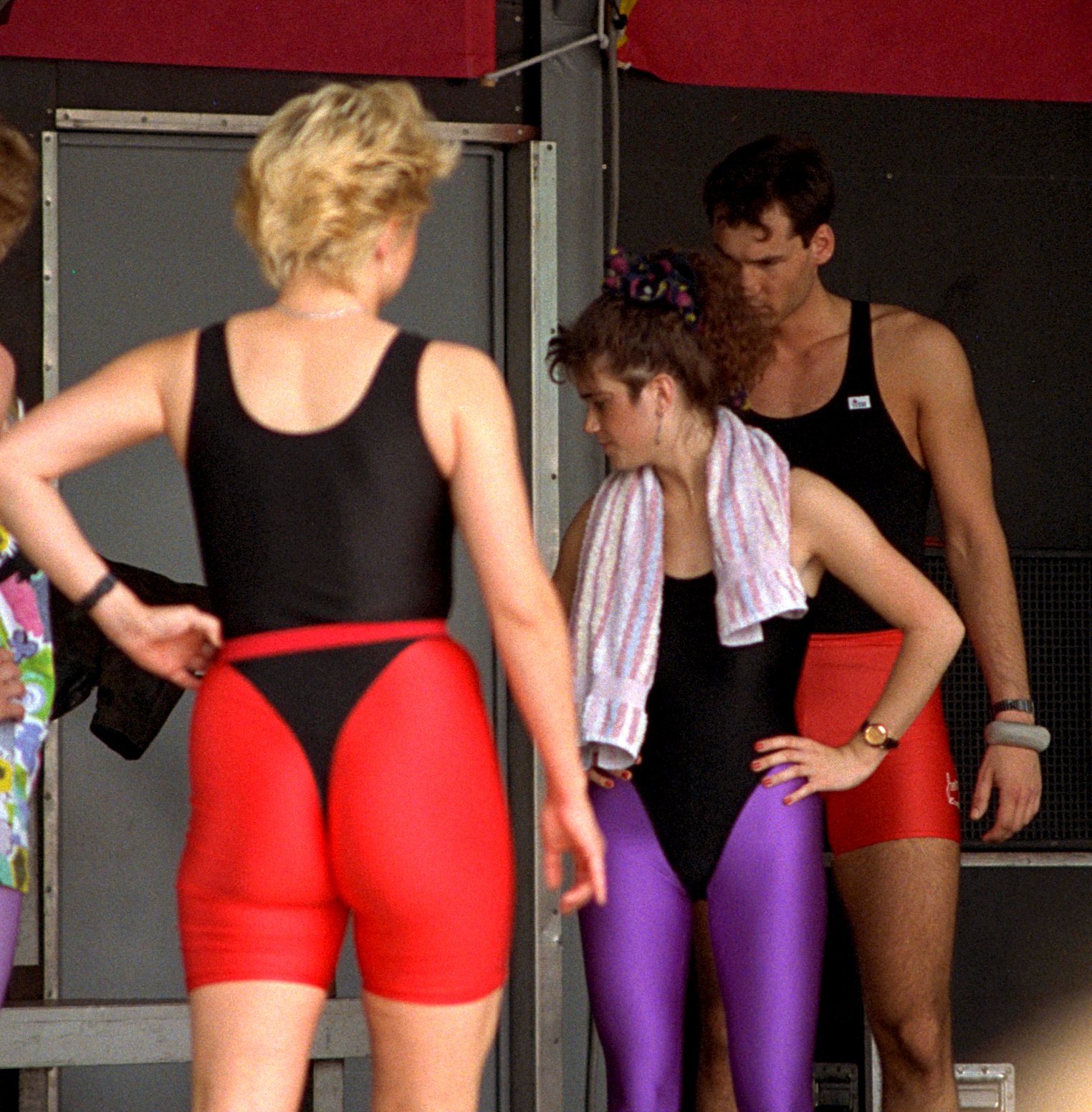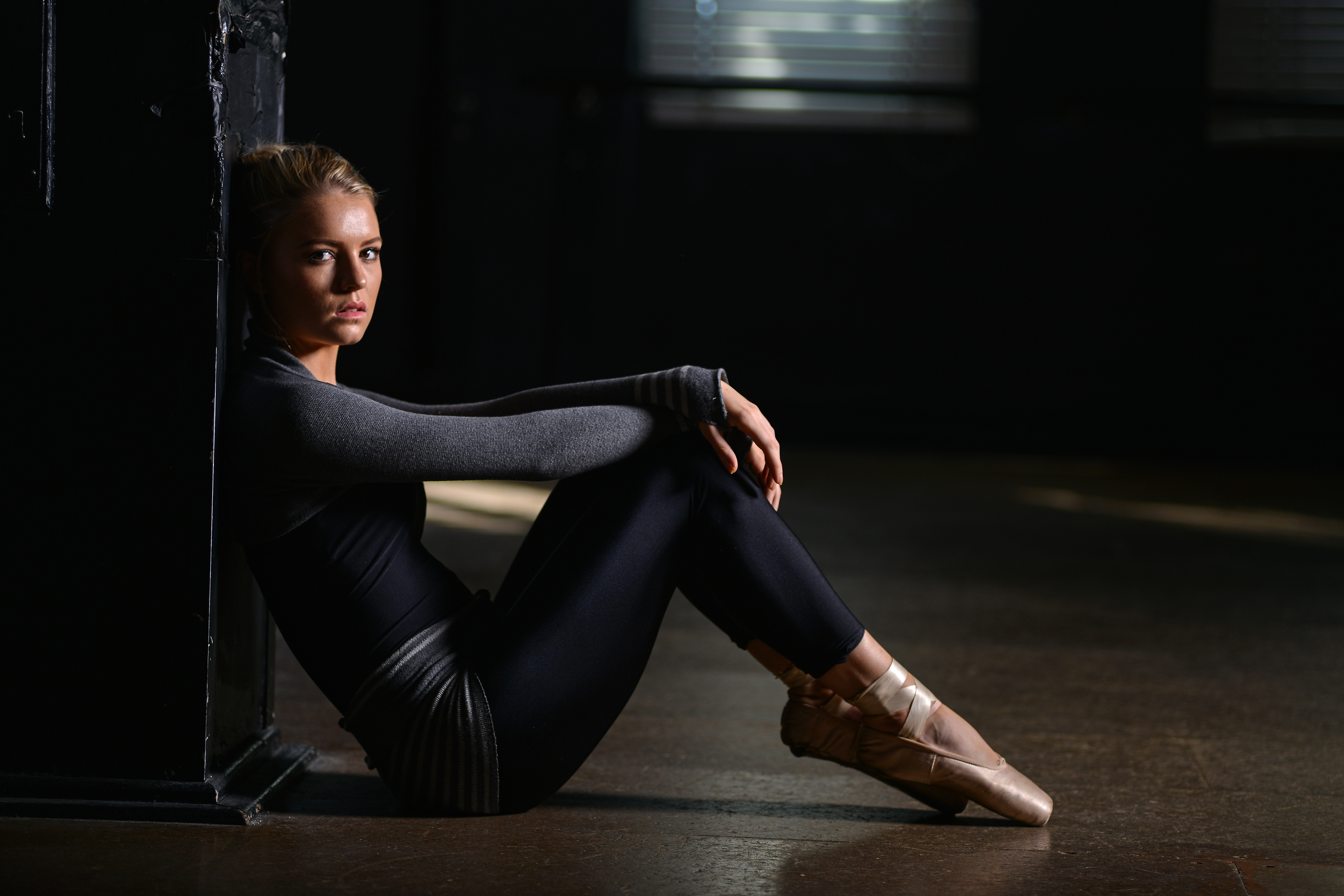|
Dancewear
Dancewear is clothing commonly worn by dancers. Items of dancewear include: * arm warmers * dance belts * dance shoes * legwarmers * leotards and unitards * pointe shoes * skirts * tights * tutus See also *Dance costume *Sportswear Sportswear or activewear is athletic clothing, including footwear, worn for sports activity or physical exercise. Sport-specific clothing is worn for most sports and physical exercise, for practical, comfort or safety reasons. Typical spor ... References {{Reflist Dancewear Dancewear ... [...More Info...] [...Related Items...] OR: [Wikipedia] [Google] [Baidu] |
Tutu (ballet)
A tutu is a dress worn as a costume in a classical ballet performance, often with attached bodice. It may be made of tarlatan, muslin, silk, tulle, gauze, or nylon. Modern tutus have two basic types: the Romantic tutu is soft and bell-shaped, reaching the calf or ankle; the Classical tutu is short and stiff, projecting horizontally from the waist and hip. Etymology The word tutu can refer to only the skirt part of the costume. The bodice and tutu make up what is usually the entire costume, but which is called the tutu (by synecdoche, wherein the part – the skirt – can embody the whole). The derivation of the word ''tutu (other), tutu'' is unknown. The word was not recorded anywhere until 1881. One theory is that it is simply derived from the word ''Tulle (netting), tulle'' (one of the materials from which it is made). A second theory is that the word comes from the slang of French children that refers to the buttocks (''cul''). During that era, the ''abonnés'' (r ... [...More Info...] [...Related Items...] OR: [Wikipedia] [Google] [Baidu] |
Arm Warmer
Arm warmers are knitted "sleeves" worn on the arms. Sometimes worn by dancers to warm up their bodies before class, they have also become a fashion item, popular in the fall. Arm warmers can also describe any glove-like articles of clothing that lack finger coverings and/or were originally designed to keep wrists and lower arms warm. Today, many competition and sport bicyclists as well as distance runners/marathoners wear spandex-compression arm-warmers. History Various sub-cultures, such as the Punk fashion, punk, emo and Gothic fashion, goth subcultures, have also adopted arm warmers as a fashion statement. Stores such as Hot Topic sell arm warmers with chains and designs of skulls, piano keys, band logos, and other alternative inspired designs. Sports Sleeves made from Spandex or Lycra are used by Long-distance running, long-distance runners and other endurance athletes. The compressive effect prevents swelling of the arm muscles and the build-up of lactic acid; they also pr ... [...More Info...] [...Related Items...] OR: [Wikipedia] [Google] [Baidu] |
Dance Belt
A dance belt is a kind of specialized undergarment commonly worn by male ballet dancers to comfortably support their genitals. Most are similar in design to thong underwear. Dance belts were developed in the early 1900s for male dancers to wear during training and performances # to keep the genitals from moving # to present a smooth and inexplicit contour to onlookers, especially under bright stage lighting. A dance belt resembles a thong undergarment in design but has a wider waist belt, also to give a smooth appearance. From the back, the belt is connected by a narrow piece of elasticized fabric to the bottom of a front triangular panel. This strip is concealed between the buttocks in what is sometimes called a "T-back" design. Other styles have a seat, similar to briefs, but under a tight costume, they risk causing "panty lines". Unlike an athletic supporter (jock strap), it lacks a pair of elasticized straps from the pouch back out to the upper thighs. The Japanese fundosh ... [...More Info...] [...Related Items...] OR: [Wikipedia] [Google] [Baidu] |
Legwarmer
Leg warmers are coverings for the lower legs, similar to long socks but thicker and generally footless. Leg warmers are worn to keep the lower legs warm in colder weather. They can be tubular sleeves, long fabric wrappings, or simple pieces of fur or fabric tied around the calves. They are used in several outdoor activities and sports including cycling, soccer, hockey, hiking, ice skating, and dance. They are used as dancewear by ballet and other classic dancers in order to keep the leg muscles warm and to prevent cramping or other muscle injuries. No scientific data has been yet collected to substantiate the claim that leg warmers prevent injury. Traditionally knitted from pure sheep wool, modern variants are more typically made of cotton, synthetic fibers, or both. Some are made of other materials, such as chenille. Leg warmers can vary in length, and in width, due to the material's stretchiness. They are commonly worn between the ankle to just below the knee, though many d ... [...More Info...] [...Related Items...] OR: [Wikipedia] [Google] [Baidu] |
Leotard
A leotard () is a unisex skin-tight one-piece garment that covers the torso from the crotch to the shoulder. The garment was made famous by the French acrobatic performer Jules Léotard (1838–1870). There are sleeveless, short-sleeved, and long-sleeved leotards. A variation is the unitard, which also covers the legs. It provides a degree of modesty and style while allowing for freedom of movement. Leotards are worn by acrobats, gymnasts, dancers, figure skaters, athletes, actors, wrestlers, and circus performers both as practice garments and performance costumes. They are often worn with ballet skirts on top and tights or sometimes bike shorts as underwear. As a casual garment, a leotard can be worn with a belt and under overalls or short skirts. Leotards are entered by stepping into the legs and pulling the sleeves over the shoulders. Scoop-necked leotards have wide neck openings and are held in place by the garment's elasticity. Others are crew necked or polo necked ... [...More Info...] [...Related Items...] OR: [Wikipedia] [Google] [Baidu] |
Unitard
A unitard is a skintight, one-piece garment with long legs and sometimes long sleeves, usually stopping at the wrists and ankles. It differs from a leotard which does not have long legs. The leotard is also usually considered a more feminine clothing item, while the unitard is not. The garment can be thought of as a combination of a leotard and leggings, and was historically called a "one-piece long legged leotard". The term ''unitard'' is mostly used in relation to sports, while it is usually referred to as a ''catsuit'' in other contexts. Usage in sports Unitards are worn by acrobatics, acrobats, gymnasts, dancers, Equestrian vaulting, equestrian vaulters, athletes, circus performers, as well as others who require overall body coverage without impeding flexibility. It is closely related to the wrestling singlet, which is basically a unitard with shorter legs. In 1985, Anne White's decision to wear a white unitard for the first two sets of a match in the 1985 Wimbledon Champio ... [...More Info...] [...Related Items...] OR: [Wikipedia] [Google] [Baidu] |
Ballerina Skirt
A ballerina skirt, also referred to as a Juliet skirt or a romance skirt, is a full skirt that is worn by ballet dancers and is composed of multiple layers of fabric. Ballet dancers wear the longer version of the skirt, while for fashion purposes the skirt is worn shorter, like a mini skirt for better dancing, the cocktail version. The standard ballerina attire is composed of fabric with a wire, in order for tulle to be visualized as stiff when it is around their waists. The Juliet styled skirt is free-flowing and covers the majority of their legs to place a high emphasis on the performer's legs. The ballerina skirt is typically made up of five to twelve layers of tulle fabric. A ballerina skirt is portrayed as feminine and elegant, as well as being associated with the traditional attire for classical ballet performances. There are several different types of the ballerina skirts are used when performing. Those include: romantic, classic, pancake, balanchine and platter skirts. ... [...More Info...] [...Related Items...] OR: [Wikipedia] [Google] [Baidu] |
Tights
Tights are a kind of cloth garment, most often sheathing the body from the waist to the toe tips with a tight fit, hence the name. They come in absolute opaque, opaque, sheer and fishnet styles — or a combination, such as the original concept of the American term pantyhose with sheer legs and opaque panty. A variant, toe tights, are tights with individual toes, in the same way toe socks are socks with individual toes. Terminology and related clothing When made of fine silk, this hosiery was considered to be a stocking. When nylon fibres were developed and introduced in the 1940s, these stockings were referred to as nylons. When the separate legs were woven together with a panty that covered the lower torso up to the waist in a single, integrated format, the term pantyhose was coined, since it was a one piece construction of a panty with a pair of separate hose, one for each leg. This joining together eliminated any need for garters for holding up each separate leg cover ... [...More Info...] [...Related Items...] OR: [Wikipedia] [Google] [Baidu] |
Dance Costume
A dance costume is the clothing worn by a dancer when performing before an audience. A dance costume may be custom designed for use in a specific dance work, or it may have a traditional design, such as those used in some ceremonial and folk dances. Typically, dance costumes are designed to harmonize with the dance and not hinder the movements of the dancer. When created for a specific work, a costume may be designed to expose or enhance the lines formed by the dancer's body, or to express the choreographer's artistic vision, or to engage the audience, or combinations of these. A costume may portray or relate to some characteristic, mood, or theme of the dance. It may fit loosely or it may be form-fitting to emphasize the form of the dancer's body. Costumes are designed in accordance with aesthetic requirements, the anticipated movements of the dancer, and budget. Various people may collaborate in designing a costume, including the choreographer, costume designer, costume maker (s ... [...More Info...] [...Related Items...] OR: [Wikipedia] [Google] [Baidu] |
Clothing
Clothing (also known as clothes, garments, dress, apparel, or attire) is any item worn on a human human body, body. Typically, clothing is made of fabrics or textiles, but over time it has included garments made from animal skin and other thin sheets of materials and natural products found in the environment, put together. The wearing of clothing is mostly restricted to human beings and is a feature of all human societies. The amount and type of clothing worn depends on gender, body type, social factors, and geographic considerations. Garments cover the body, footwear covers the feet, gloves cover the hands, while hats and headgear cover the head, and underwear covers the intimate parts. Clothing serves many purposes: it can serve as protection from the elements, rough surfaces, sharp stones, rash-causing plants, and insect bites, by providing a barrier between the skin and the environment. Clothing can insulate against cold or hot conditions, and it can provide a hygienic barrie ... [...More Info...] [...Related Items...] OR: [Wikipedia] [Google] [Baidu] |








